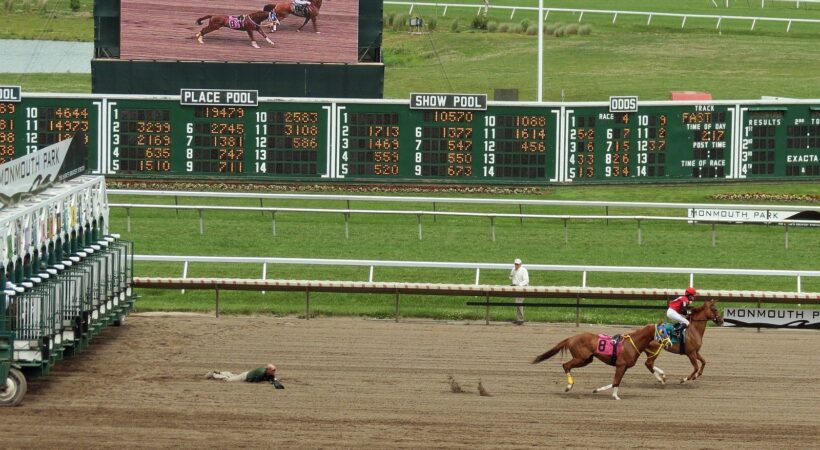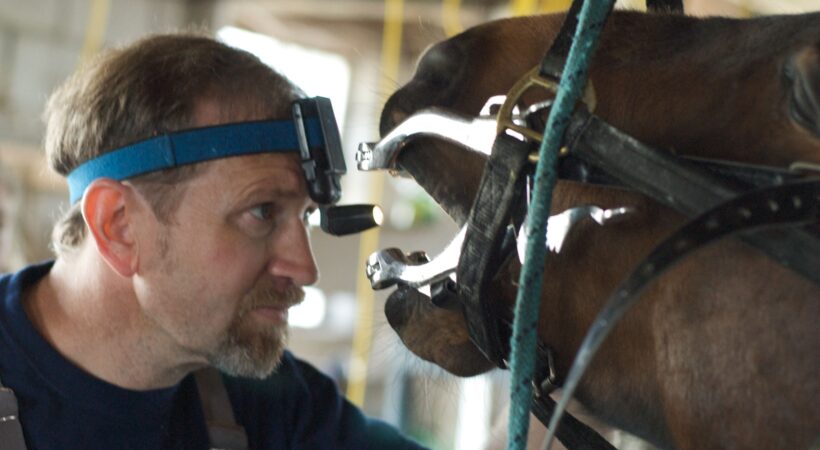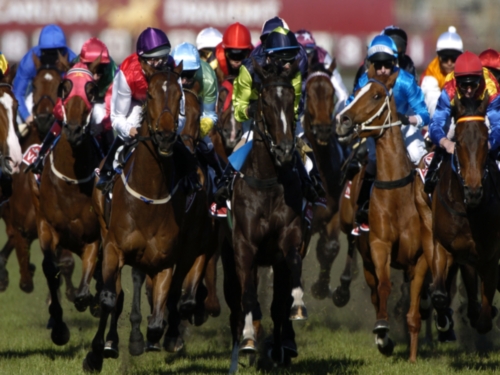Horses have teeth too! And remember all those sugar cubes we used to feed them? Carrots would have been better. Our poor dear equine companions all developed tooth decay. And so, an industry was born – dentists for horses.
Here’s some caring horse dentists:
The Tooth Whisperer – Equine Dentist, Bradley (Brad) Whalan
The Tooth Whisperer brings a new direction to the Equine Dentistry industry in Australia. Through years of experience working with race horses Brad has developed a keen eye for spotting dental problems with horses.
All work is carried out directly by Brad, an accomplished horseman with a genuine interest and technical expertise in correcting the dental issues facing performance horses.
We also enjoy the challenge of working with breeding stock and spelling horses as well.
Whatever the problem that is presented, The Tooth Whisperer will provide you and your horse educated advice, demonstrate the problems that exist and perform the necessary procedure to get your horse back to perfect dental health.
Check him out at http://www.thetoothwhisperer.com.au/
Advanced Equine Dentistry
Dental disease in horses is very common and can be complex to treat. As equine dentists, AED use the same approach and equipment as your own dentist does with your teeth, with 100% care and professionalism.
They provide you with easy-to-understand explanations as to why a treatment is necessary
They’ll provide you with options and solutions for treatment
They offer a no-obligation quote before performing any work.
They only use equipment and techniques that have been proven to be safe.
What will Advanced Equine Dentistry provide for you?
A friendly, professional equine dental veterinary service, utilising the latest technology and techniques. With the security of full licensing and insurance and a sound knowledge of the veterinary needs of the client and the patient.
Why use Advanced Equine Dentistry?
They will provide a thorough examination diagnosis and treatment for all patients. We can provide all dental services including dental imaging (X-rays).
They come to you
They offer full on site veterinary dental services from routine oral exams and treatment right through to complex dental, facial and sinus surgeries.
They come fully equipped
…with digital X-rays, running water, power, lights, digital weigh scales (to accurately weigh your horse)
They provide digital dental records
…for each horse and offer mobile eftpos and credit card facilities.
They work in almost any environment
Our portable dental hospital allows us to treat horses in almost any environment yet we can setup or packup in as little as just 30 seconds
High standards, affordable dentistry
We offer a very high standard of service (because your horses deserve it) at prices that won’t break the bank
Advanced Equine Dentistry can provide an improved relationship between horse and rider, removal of dental pain, treatment of disease and infection, improve feed efficiency and a longer healthier outlook for your horse. When only the best care will do.
For riders: whether you are an amateur or professional rider having performance horse problems, we’re very experienced in diagnosing and solving head carriage issues.
If your horse, lugs, leans, heavy in hand, resists the contact, snatches grabs, head tosses, these are all conditions they deal with.
They can also diagnose and treat common forms of sinus disease. A snotty nose can be more than a cold: horses sinuses are complex, consisting of six separate compartments on each side of the head. Sinus disease can occur in a number of different ways through multiple causes. Treatment ranges from relatively simple to very complex. Sinus cysts, tooth root abcess and primary sinusitis probably make up the three most common categories of sinus disease.
To find out more go to http://advancedequinedentistry.com.au/
Straight From The Horse’s Mouth: Word of Mouth Matters in the Horse Industry
It’s obvious to say that tooth restoration along with fillings are crucial to human wellbeing and the same applies to our ponies.
Likewise Enogerra is a horsey place and they mostly have perfect teeth so that’s where we recently travelled to meet a couple of horse whisperers.
John Chatterton has spent more than 40 years working with young and problem horses and their owners. Based in Queensland just south of Brisbane, John also travels to other states in Australia offering Clinics and Private Lessons to assist horse owners with developing safe and rewarding relationships with their horses.
John believes that horses inherently seek comfort and he bases his training on what he calls ‘affiliative leadership’ rather than the usual dominant leadership principles of most other horsemanship methods. He teaches that if the handler or rider becomes the comfort zone for the horse, a respectful bonded relationship is the result.
Cassie from Horse Whispers has this story to tell:
Over the years, I have studied and practised a variety of complementary therapies such as Aromatherapy, Flower Essences, Reiki, Energy Healing, Clay Therapy, Homeopathy, Herbology, Yoga, Meditation, Chakra and Kundalini Therapy, just to name a few. However, I did not find using these therapies on humans fulfilling.
In the early 2000s, I decided to entirely shift my knowledge and skills towards the animal kingdom when I acquired my beautiful Quarter Horse mare Lily and rescued my beloved Thoroughbred Thunder (may he rest in peace).
Lily and Thunder took me on a path that led me to discover their secret world and to become an animal communicator. They taught me that inter-species communication is real and humans have a lot to learn from animals.
These two horses have taught me more than any book or course would ever teach me!
All the knowledge I had acquired over the years, somehow were brought together into an amazing overarching asset where new skills had to be added.
They have shown me and guided me into practising Intuitive Animal Communication as, without it, I would not have been able to establish the harmonious and fruitful relationship we have. It has been an inspiring wonderful journey I will never forget.
I am a registered practitioner (Animal Therapies) with the Holistic Health Association International and I hold the following: Dip. Animal Energy Healing, Dip. Flower Essences, Cert. Aromatherapy and Aromatherapy for Pets, Dip. Animal Communication and Adv. Animal Communication (Marta Williams), Reiki Master Usui and Kundalini Reiki, Angel Intuitive (Doreen Virtue), Cert. Animal Homeopathy, Cert IV Training and Assessment.
I also have a degree in Software Engineering (the things you do in life!)
I am enrolled in the Master of Animal Science at Charles Sturt University, specialising in animal behaviour and nutrition, especially for our equine friends.
Amazingly, all the above give me diversity and the ability to approach animals with an opened heart and much understanding that bring me close to them.


